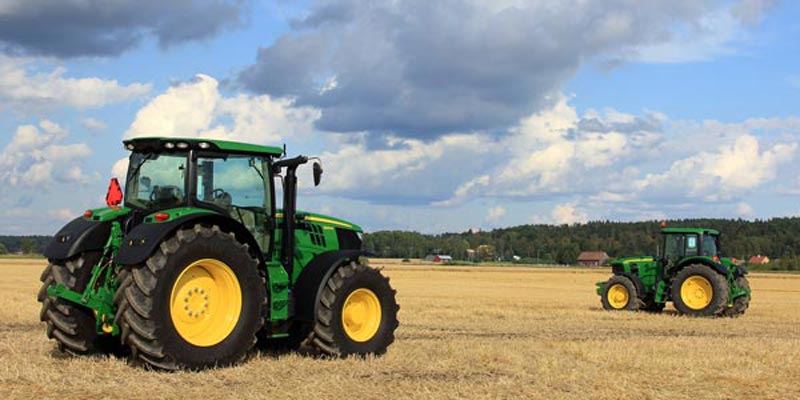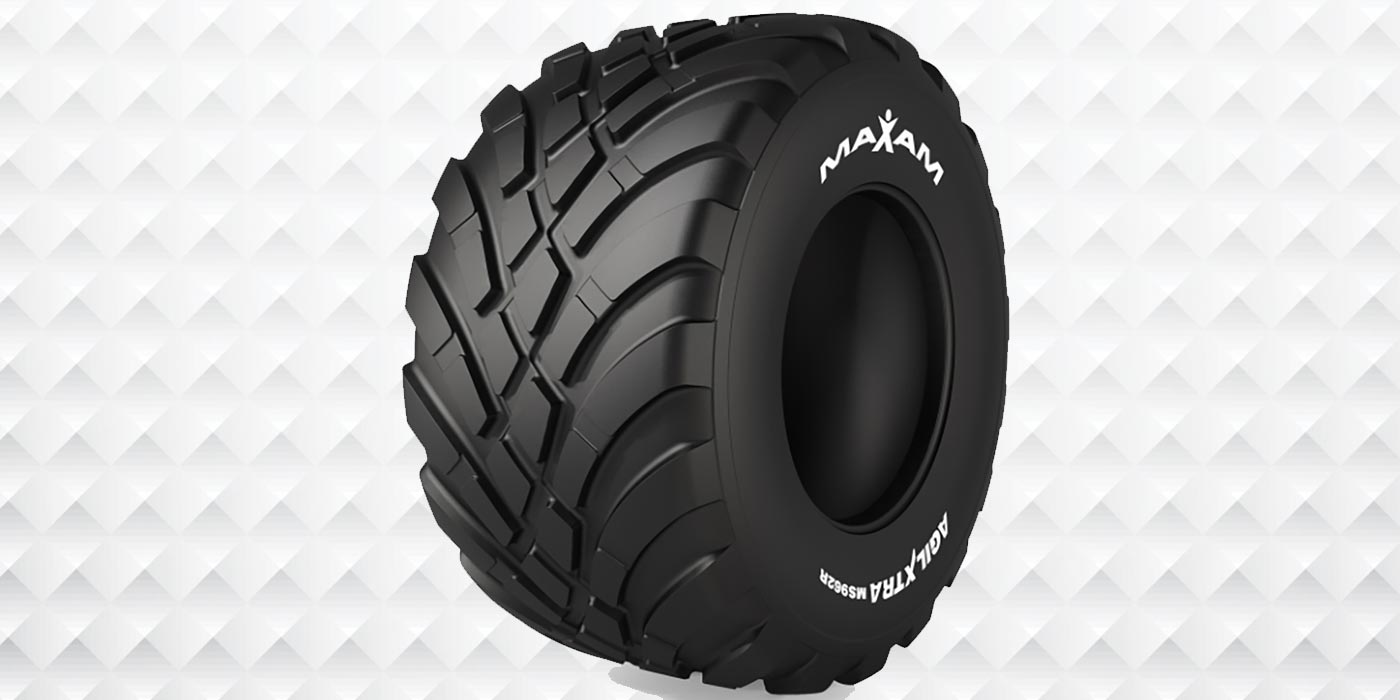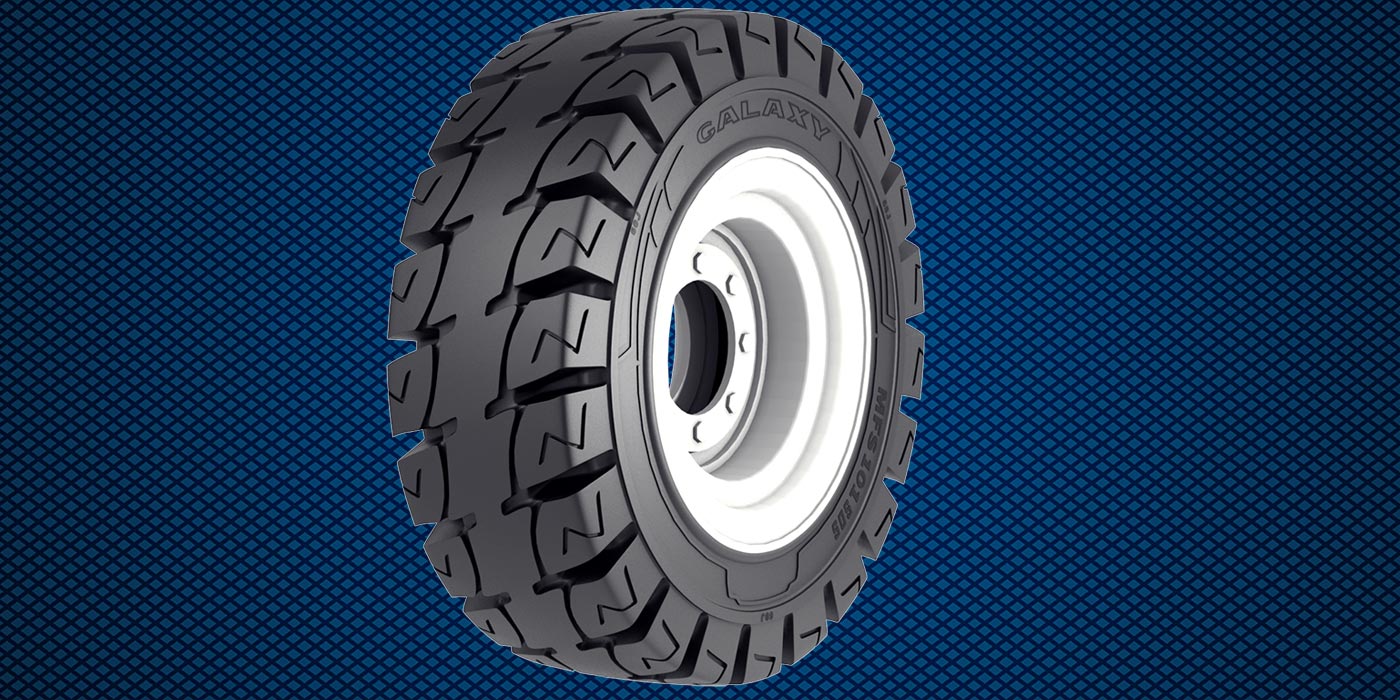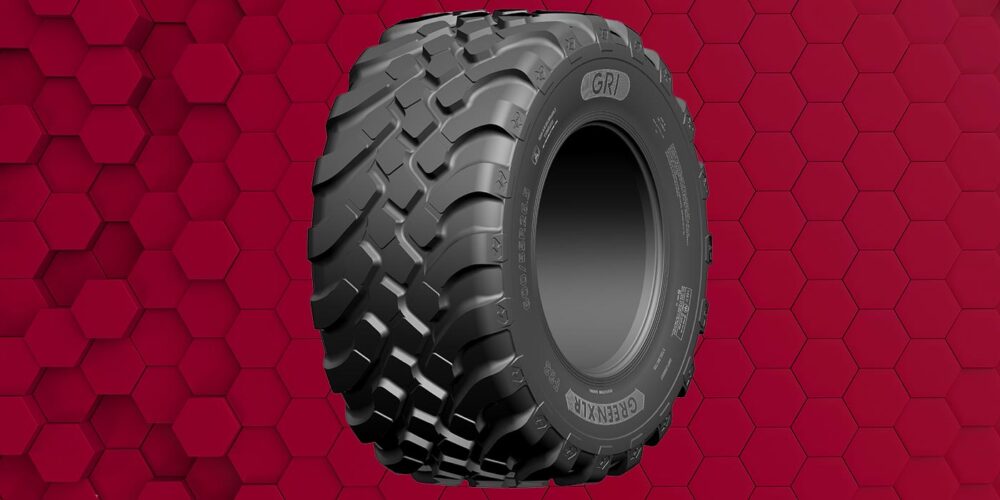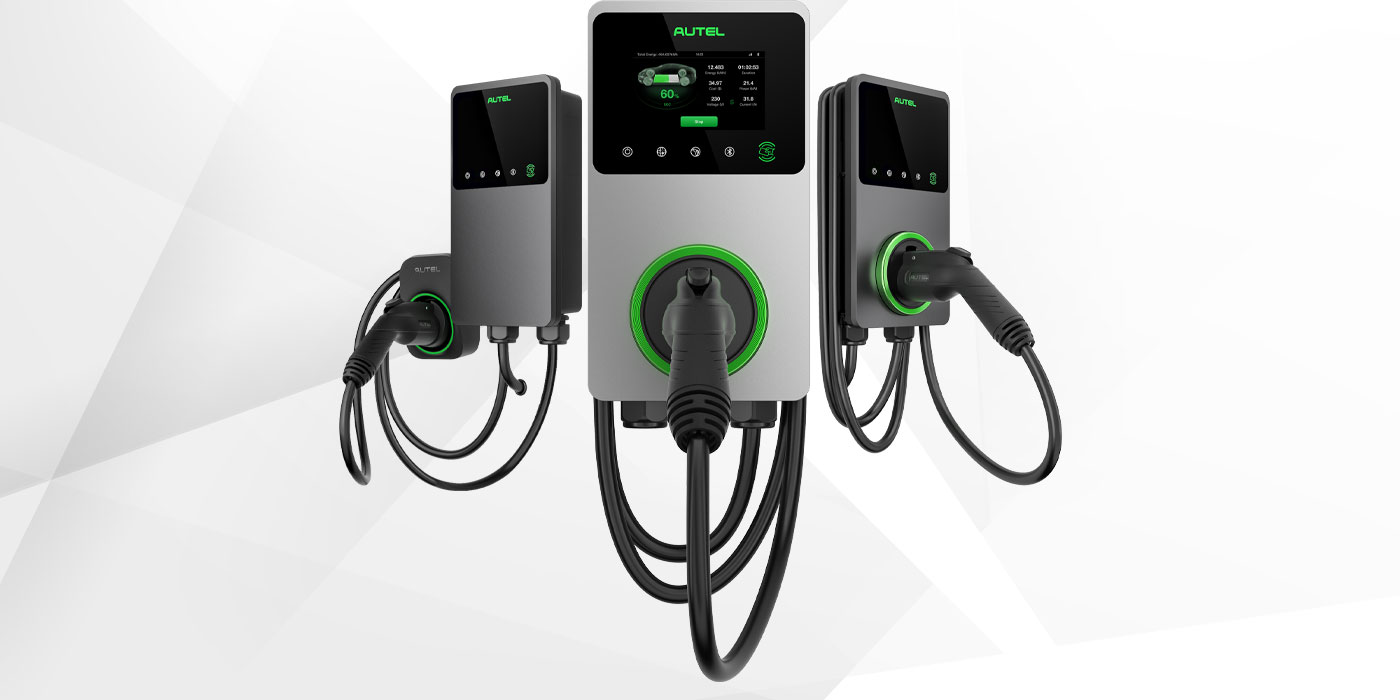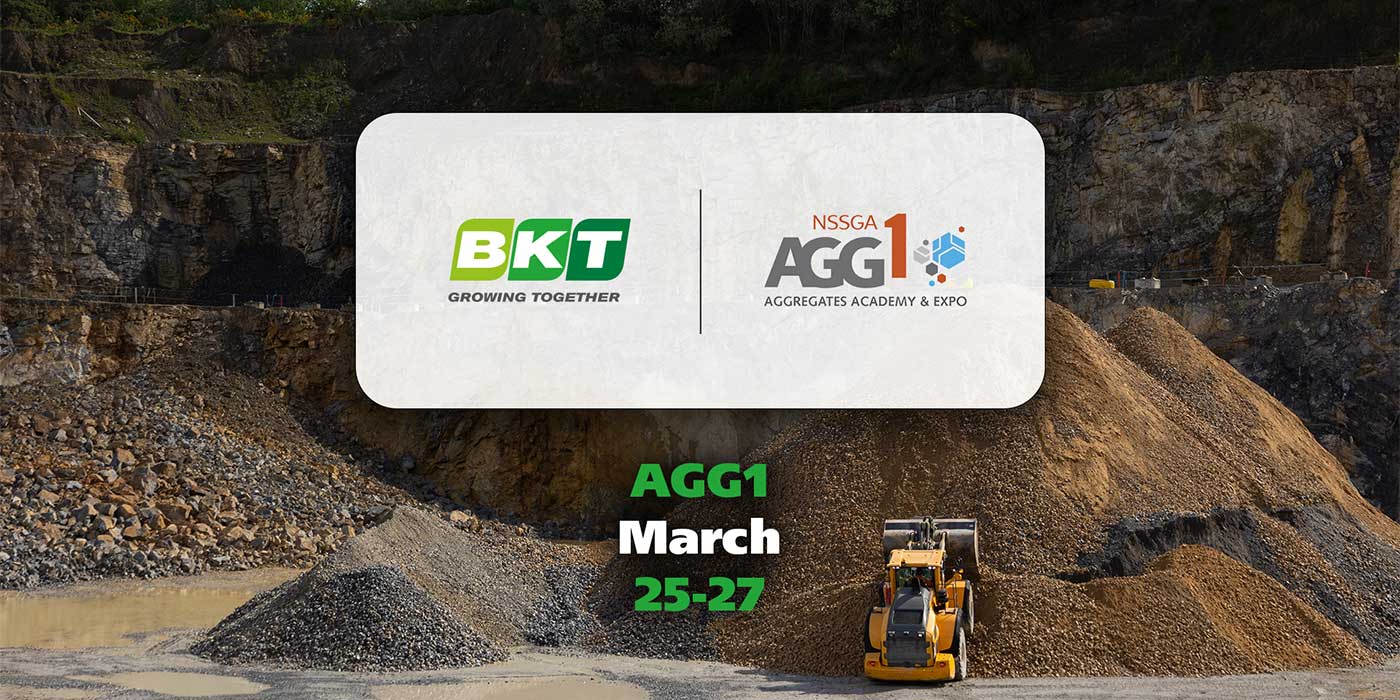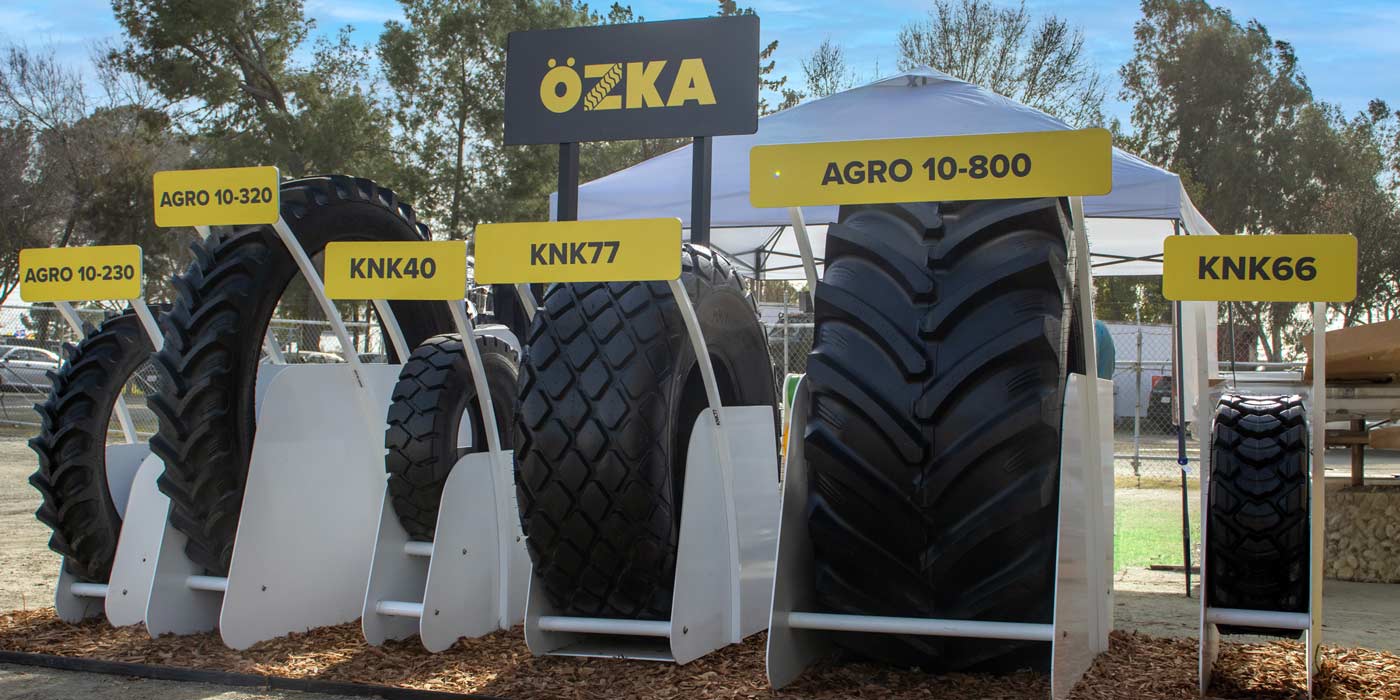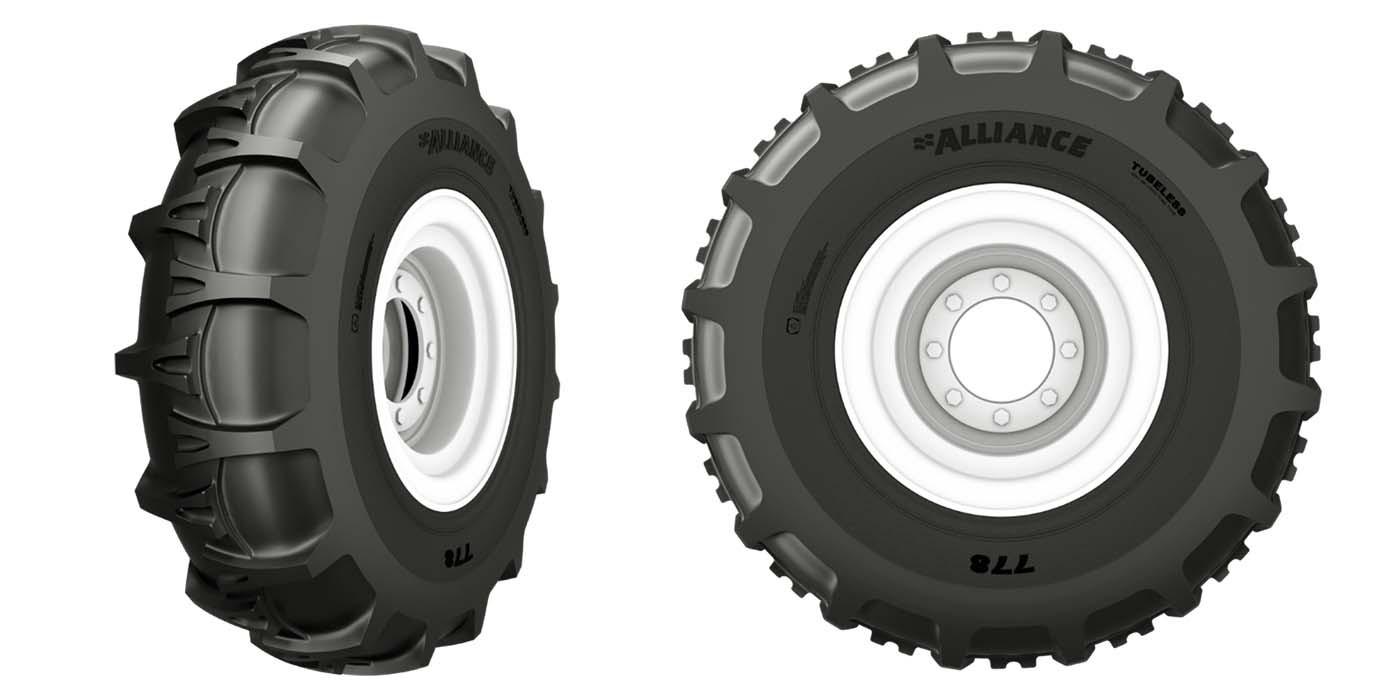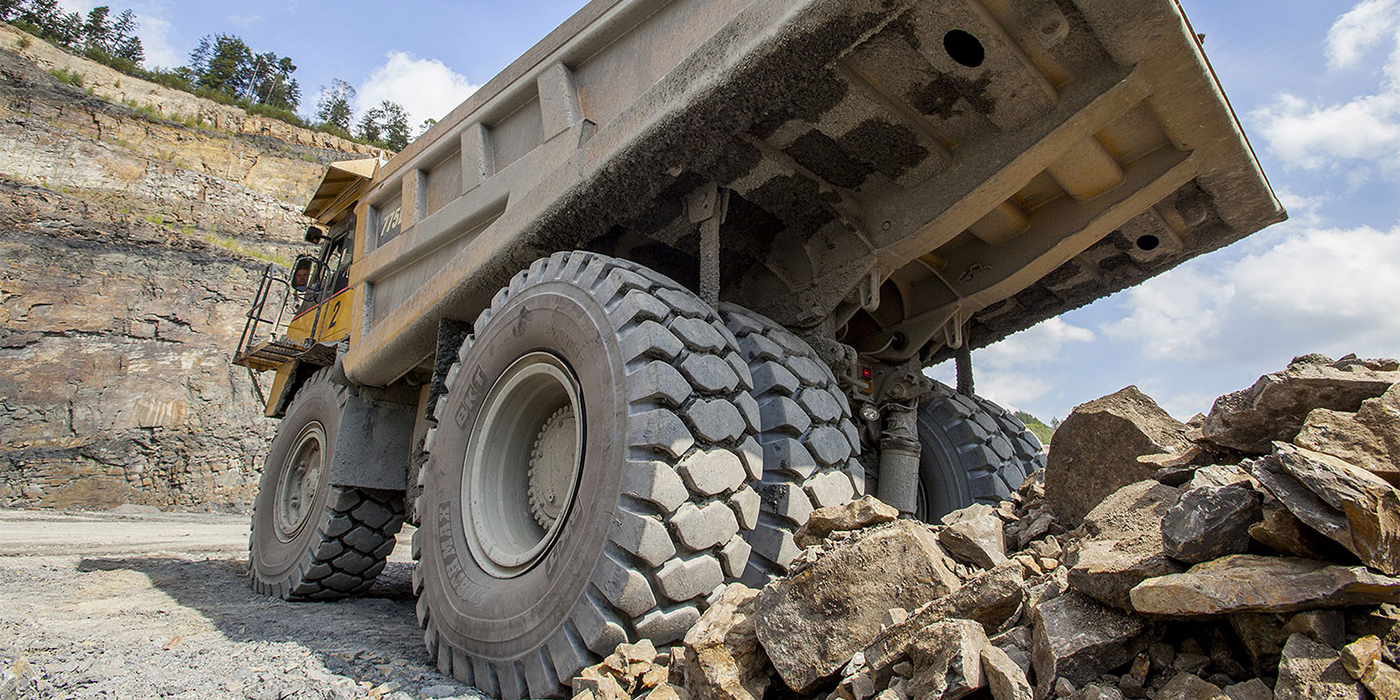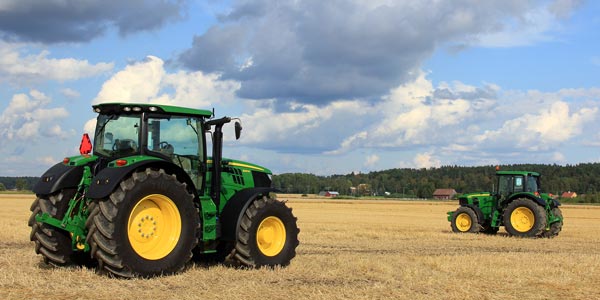
If you’ve been selling ag tires for any time at all, you’ve been asked about ballasting – the pros and cons and what material to use, among other questions.
Ballasting is utilized for equipment functionality and stability as well as transferring power to the ground. Commonly used ballasting materials include rocks, soil, cast iron, water, calcium chloride, magnesium chloride, beet juice and more. Some of these are relatively cheap while others are expensive. Some are environmentally friendly and have lots of versatility and others not so much.
Key Considerations
The most critical aspect of adding ballasting is how much weight to add and where to place these materials.
Agricultural and construction equipment with buckets or lifting forks have massive cast iron counterweights built into the design of the machine to provide functionality. Agricultural tractors have optional wheel, axle and suitcase weight packages to address total weight and the weight distribution that is critical to optimal performance.
Concerning farm tractors, the first critical factor is knowing the engine horsepower of the tractor and the axle weights. Ideally, the weight per horsepower ratio should be between 100 and 120 pounds/hp. The lighter weights are more desirable and efficient as long as there are no performance issues such as stability or wheel hop. Increased weight ratios may be utilized to reduce slip which increases efficiency, especially in demanding applications.
The weight distribution is important, and you should follow these guidelines:
- For two-wheel-drive tractors, the weight distribution should be 30% on the front axle and 70% on the rear;
- MFWA tractors should have 35% on the front and 65% on the rear axle;
- Four-wheel-drive tractors should carry 60% on the front and 40% on the rear axle.
Additional weight from attachments should also be calculated into your weight distribution adjustments. Wheel weight, axle weight and suitcase weight packages are used to obtain the correct weight total and distribution.
Additional weight adjustments should include weight packages as the first option. Keep in mind that for optimal performance, the weight requirement often changes with the implement that is being carried by the three-point hitch or pulled with the draw bar, as well as the application.
Maximizing versatility with weight adjustments should be a major consideration. Adding liquid ballast into the tire’s air chamber is the least desirable. Liquid ballast reduces performance by inhibiting the sidewall’s deflection in a radial tire. Liquid ballast is less versatile but may be utilized as part of your weight distribution program.
Air Pressure
Air pressures should be set just above the maximum load-carrying capacity you are expecting from your tires based on the most demanding application. The calculated air pressures for on the road are quite different from operational pressures for field work. Changing air pressures between road and field usage is time consuming and usually not practiced. Air pressures should be set for the road application due to the higher speeds, which is the most demanding from a load-carrying aspect.
Correct weight distribution and overall weight totals are key to maximizing tractor performance and transferring power to the ground.
Jim Enyart has enjoyed a long ag tire career that has included work with Michelin, Trelleborg, BKT and CEAT Specialty Tires. He earned an Entomology and Zoology degree from Colorado State University and held an Ag Consultants license from Colorado and Oregon for over 30 years.
Check out the rest of the June digital edition of Tire Review here.

